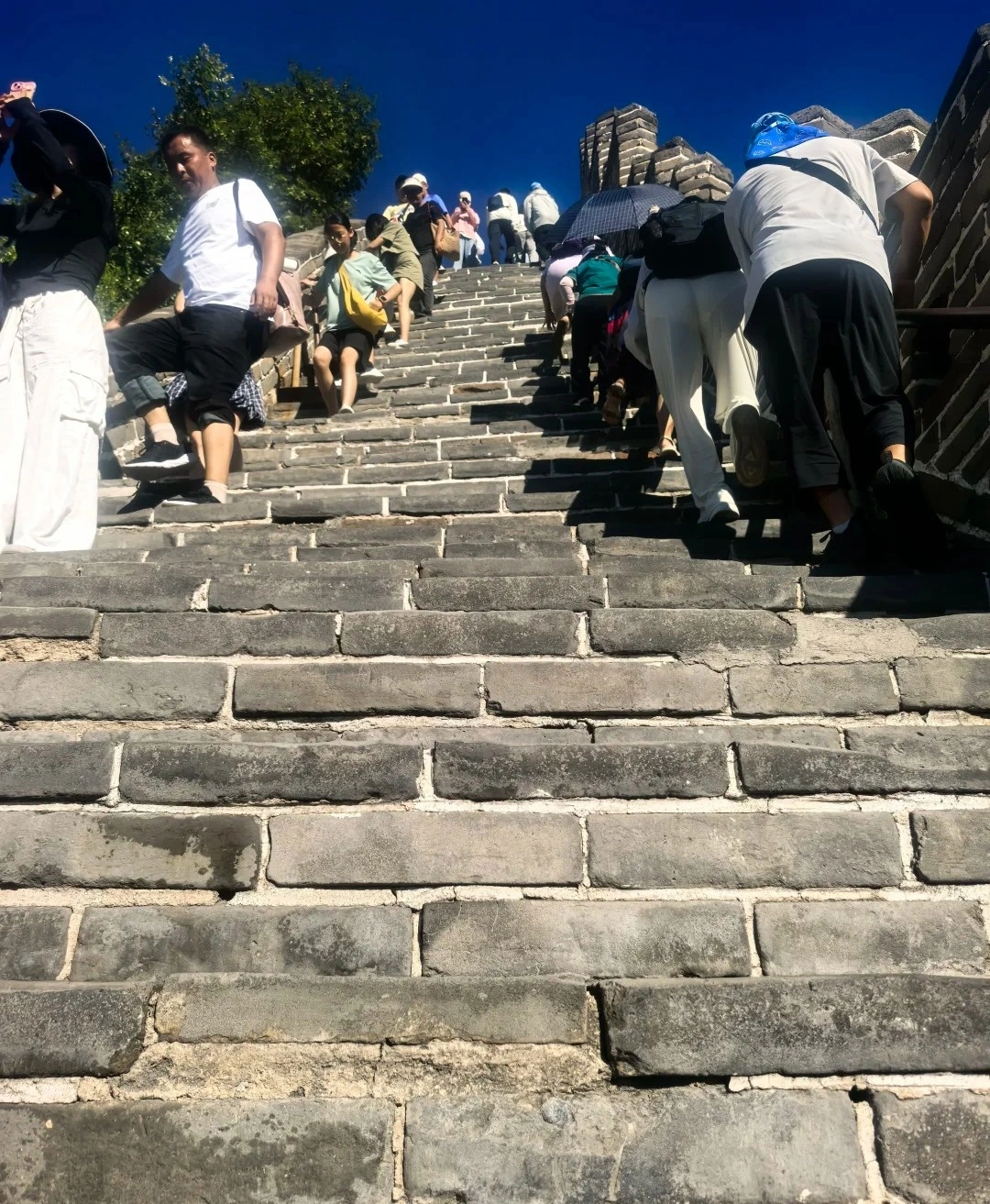Luoyi Ancient City
Historical Overview
Luoyang’s history spans 4,000 years, with pivotal roles in Chinese unification:
- Zhou Dynasty (1046–256 BCE): Established as the eastern capital, symbolizing the Mandate of Heaven.
- Tang Dynasty (618–907 CE): Flourished as the empire’s political and cultural center, with The Grand Canal linking it to Chang’an (Xi’an).
- 1950s: Archaeological excavations uncovered ruins of the Sui-Tang Luoyang City, leading to UNESCO recognition in 2014.
- 2015: Reconstruction began, incorporating findings from the Sui-Tang site and Tang Dynasty murals.
Structural Layout
The city follows a Tang-era grid system:
- Central Axis: A 1.2-km pedestrian street lined with lantern-lit shops, tea houses, and artisan workshops.
- Four Gates: Wenchang Gate (east), Dingding Gate (west), Anhui Gate (south), and Lijing Gate (north), each with guard towers.
- Key Zones:
- Imperial Quarter: Replicas of the Taiji Palace and Mingtang Hall (ceremonial sites).
- Cultural Quarter: Museums displaying Tang Dynasty artifacts, including bronze mirrors and ceramic figurines.
- Market Quarter: Silk Road-themed bazaars selling Traditional Crafts and snacks.
Major Attractions
- Wenchang Gate: The 12-meter-high eastern entrance, featuring a nightly projection of Emperor Xuanzong’s procession.
- Mingtang Hall: A 38-meter-tall wooden replica of the Tang-era ceremonial hall, used for cultural performances.
- Silk Road Bazaar: Reenactments of camel caravans and workshops for calligraphy, paper-cutting, and Tang-style makeup.
- Luoyang Museum Annex: Displays over 1,000 relics from the Sui-Tang Luoyang City excavation.
- Tianzi Jialiu Archway: A 15-meter-tall stone arch marking the entrance to the imperial quarter.
- Nightly Light Show: A 30-minute multimedia spectacle on the central axis, narrating the legend of Bai Juyi, a Tang poet.
Suggested Itineraries
-
Classic Route (2–3 hours):
Wenchang Gate → Central Axis Street → Silk Road Bazaar → Mingtang Hall → Tianzi Jialiu Archway → Luoyang Museum Annex
Highlights: Gate projections, bazaar crafts, and Tang architecture. -
Extended Route (4–5 hours):
Wenchang Gate → Mingtang Hall Performance → Silk Road Bazaar Workshop → Imperial Quarter → Nightly Light Show
Highlights: Cultural performances and hands-on crafts. -
Comprehensive Route (Full Day):
Wenchang Gate → Mingtang Hall → Imperial Quarter → Luoyang Museum Annex → Silk Road Bazaar → Central Axis Street → Nightly Light Show → Night Market
Highlights: Full immersion in Tang culture, from relics to modern reinterpretations.
Ticket Purchase
- Entrance Fee: ¥120 (peak season: Apr–Oct), ¥90 (off-season: Nov–Mar).
- Nightly Light Show: ¥80/person (separate ticket).
- Online: Book via Ctrip or the official WeChat platform "Luoyang Ancient City."
- On-Site: Tickets available at Wenchang Gate; queues average 30 minutes.
Transportation
- From Luoyang City: 20-minute taxi ride (¥25) or bus route 76 (¥2) to Wenchang Gate.
- Self-Drive: Parking available at Wenchang Gate (¥10/day).
- Local Transport: Electric carts (¥20/hour) and Tang-costume rentals (¥50/hour) available.
Best Time & Tips
- Ideal Season: April–May (peony festival) and September–October (mild weather).
- Avoid Crowds: Visit weekdays; weekends host large tour groups.
- Essentials:
- Wear comfortable shoes (20,000+ steps possible).
- Bring a fan for daytime heat (30°C+ in summer).
- Cash for small purchases (some vendors don’t accept cards).
- Prohibited Items: Drones (require permit), smoking in indoor exhibits.
- Cultural Tip: Try tanghulu (candied fruit skewers) and luosifen (river snail noodles), local street foods.
Contact Us
What Our Clients Say?
Based on 10,000+ traveler reviews














